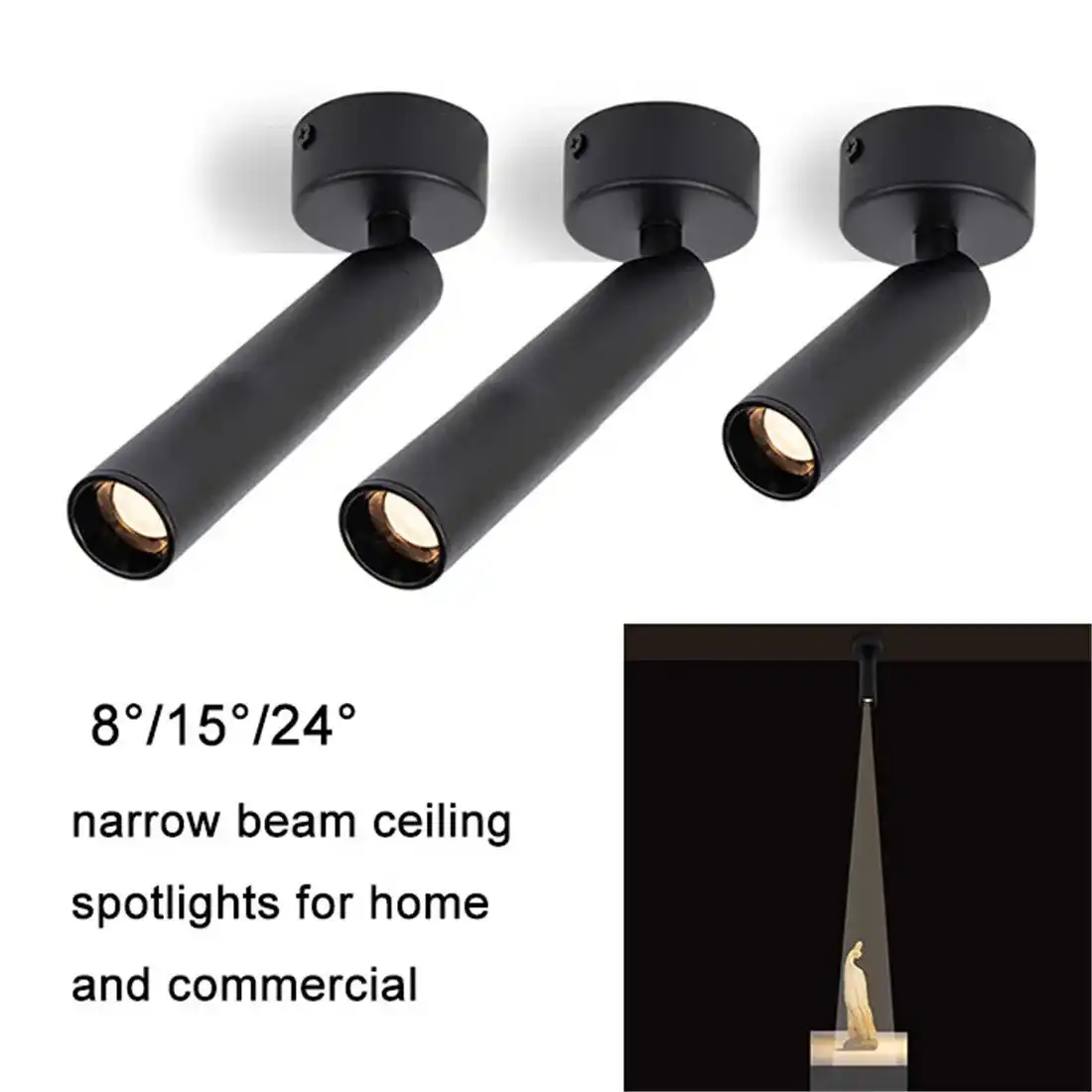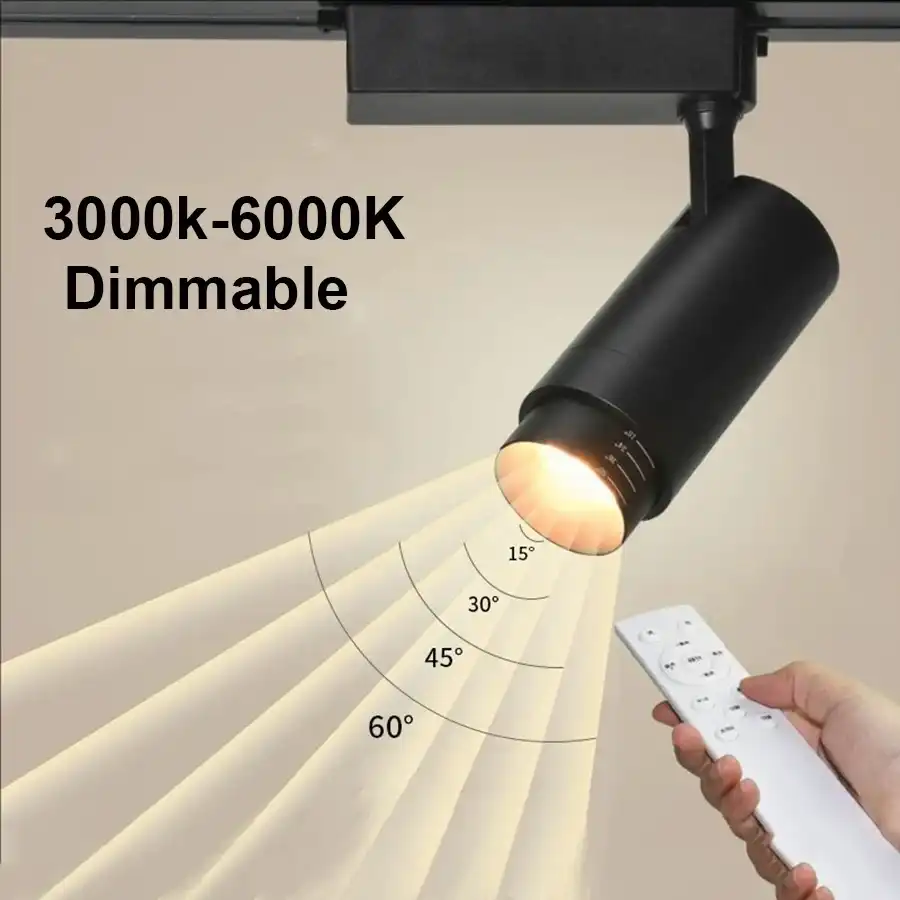Commercial Lighting Upgrade: Flexible LED Strips for Retail & Hospitality
Revolutionize your retail or hospitality space with flexible LED strips, the cutting-edge lighting solution that's transforming commercial environments. These versatile illumination marvels offer unparalleled customization, energy efficiency, and aesthetic appeal. By integrating flexible LED strips into your lighting design, you can create immersive atmospheres, highlight products, and enhance customer experiences. From accent lighting in boutique hotels to dynamic displays in high-end retail stores, these adaptable light sources provide the perfect blend of form and function for modern commercial spaces.
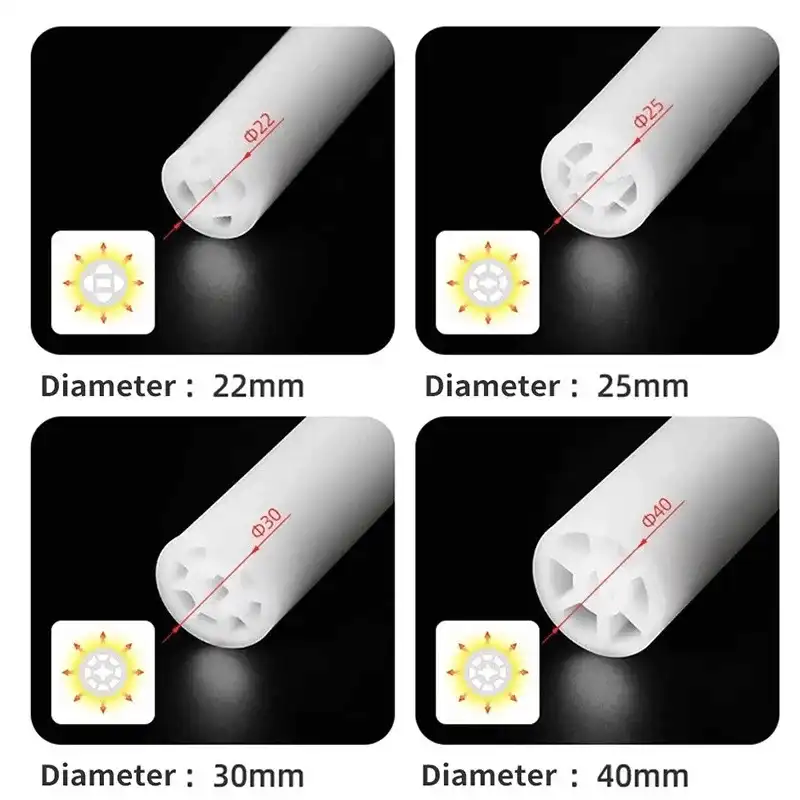
Unleashing the Potential of Flexible LED Strips in Commercial Spaces
Versatility Redefined: Applications in Retail and Hospitality
Flexible LED strips have emerged as a game-changer in commercial lighting design, offering unparalleled versatility across various retail and hospitality settings. In retail environments, these innovative light sources can be seamlessly integrated into shelving units, display cases, and fitting rooms, enhancing product presentation and creating an inviting ambiance. Fashion boutiques utilize flexible LED strips to accentuate clothing textures and colors, while jewelry stores employ them to make precious stones sparkle with brilliance.
In the hospitality sector, flexible LED strips play a crucial role in setting the mood and elevating guest experiences. Luxurious hotels incorporate these strips into architectural features, creating subtle washes of light along corridors or highlighting the contours of reception desks. Restaurants and bars leverage the adaptability of LED strips to craft atmospheric lighting that transitions smoothly from day to night, enhancing the dining experience. The ability to install these strips in tight spaces or curved surfaces opens up a world of creative possibilities for designers and architects.
Energy Efficiency and Cost Savings
Beyond their aesthetic appeal, flexible LED strips offer significant advantages in terms of energy efficiency and cost savings. These lighting solutions consume substantially less power compared to traditional lighting options, leading to reduced electricity bills for commercial establishments. The long lifespan of LED technology, often exceeding 50,000 hours, translates to lower maintenance and replacement costs over time.
Moreover, the directional nature of LED lighting means less wasted light and improved efficiency in illuminating specific areas or products. This targeted approach not only enhances the visual appeal of merchandise or spaces but also contributes to overall energy conservation. Many flexible LED strip models also offer dimming capabilities, allowing businesses to further optimize energy usage by adjusting light levels according to time of day or specific needs.
Customization and Control: Tailoring Light to Your Brand
One of the most compelling aspects of flexible LED strips is the unprecedented level of customization they offer. These versatile light sources come in a wide range of color temperatures, from warm whites that create a cozy atmosphere to cool whites that evoke a modern, clean aesthetic. For businesses looking to align their lighting with brand colors or create dynamic visual experiences, RGB and RGBW options provide an extensive palette of hues at the touch of a button.
Advanced control systems take this customization to the next level, allowing for intricate programming of light scenes, color changes, and dimming schedules. This level of control enables businesses to create immersive environments that can change throughout the day or for special events. For instance, a hotel lobby could transition from bright, invigorating light in the morning to a softer, more relaxing ambiance in the evening, all automated through smart lighting controls.
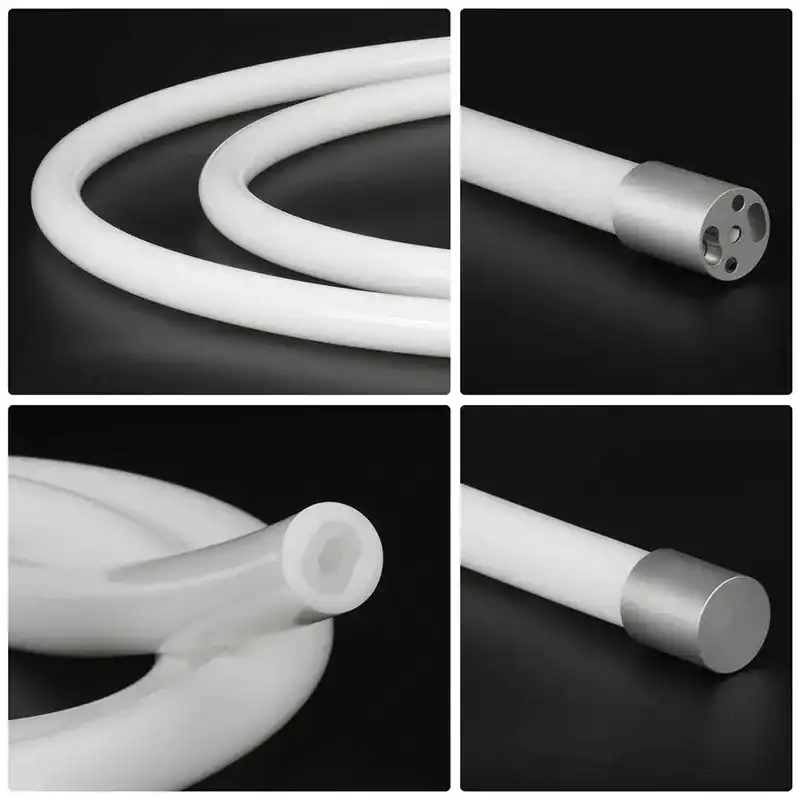
Implementing Flexible LED Strips: Best Practices and Considerations
Planning and Design: Mapping Out Your Lighting Strategy
Successful implementation of flexible LED strips begins with thorough planning and thoughtful design. Start by assessing the specific lighting needs of your commercial space, considering factors such as the desired ambiance, functional requirements, and architectural features. Create a detailed lighting plan that outlines where LED strips will be installed, their intended purpose, and how they will interact with other light sources and the overall space.
Collaborate with lighting designers or consultants who specialize in commercial applications to ensure your lighting strategy aligns with industry best practices and regulations. They can provide valuable insights on light distribution, color rendering, and the optimal placement of LED strips to achieve the desired effect while avoiding common pitfalls such as glare or uneven illumination.
Installation Techniques and Challenges
While flexible LED strips offer ease of installation compared to many traditional lighting fixtures, proper installation is crucial for achieving optimal performance and longevity. Consider the following key aspects:
- Surface Preparation: Ensure that surfaces are clean, dry, and suitable for adhesive mounting. For challenging surfaces, consider using mounting channels or clips for secure attachment.
- Heat Management: Adequate heat dissipation is essential for LED longevity. In enclosed spaces or high-temperature environments, opt for strips with built-in heat sinks or provide additional cooling measures.
- Voltage Drop: For longer runs of LED strips, be mindful of voltage drop, which can cause uneven brightness. Implement proper power injection techniques to maintain consistent illumination along the entire length.
- Waterproofing: In areas exposed to moisture or cleaning agents, such as bar counters or outdoor signage, select IP-rated waterproof LED strips and ensure all connections are properly sealed.
Professional installation by qualified electricians is recommended to ensure compliance with local electrical codes and to address any complex integration challenges with existing lighting systems.
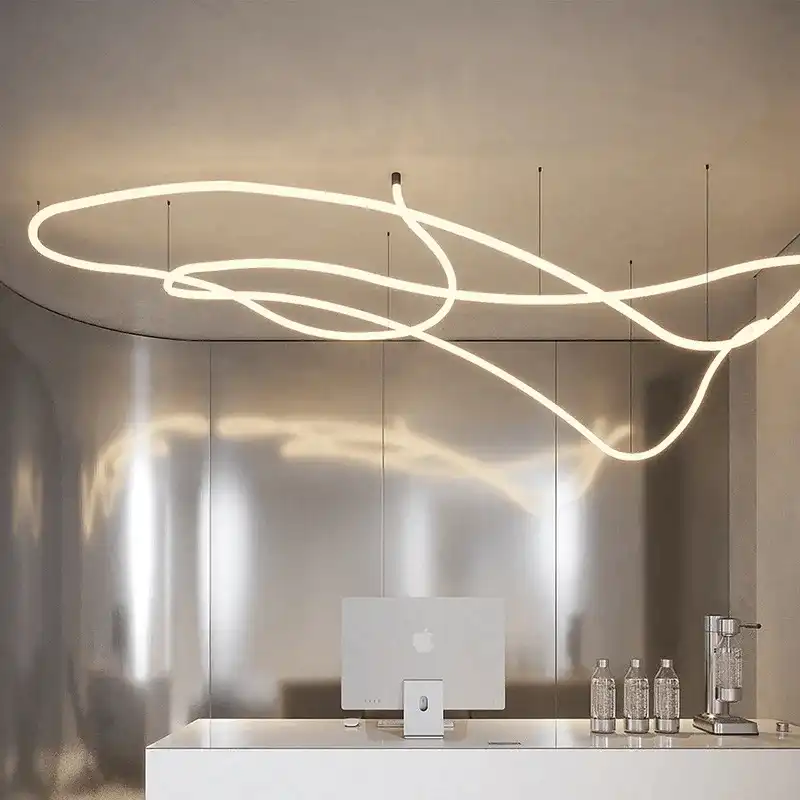
Maintenance and Longevity: Ensuring Lasting Brilliance
While LED strips are known for their long lifespan and low maintenance requirements, implementing a proactive maintenance strategy can further extend their performance and appearance. Regular cleaning of LED strips and their surrounding areas prevents dust accumulation that can impact light output and heat dissipation. Periodic inspections can identify any signs of wear, loose connections, or color inconsistencies early, allowing for timely interventions.
For businesses operating in dynamic environments, consider the modularity of your LED strip installation. Designing the system with easily replaceable sections can simplify future updates or repairs, minimizing downtime and maintenance costs. Additionally, keeping detailed records of installation dates, product specifications, and any custom programming can streamline troubleshooting and ensure consistency when replacements or expansions are needed.
Future Trends: The Evolving Landscape of Commercial LED Lighting
Smart Integration and IoT Connectivity
The future of flexible LED strips in commercial lighting is intrinsically linked to the rapid advancements in smart technology and the Internet of Things (IoT). As businesses increasingly adopt smart building solutions, LED strips are poised to become integral components of interconnected lighting ecosystems. These systems will offer unprecedented levels of control, automation, and data-driven insights.
Imagine retail environments where LED strips automatically adjust their color temperature and brightness based on real-time foot traffic data, optimizing the shopping experience and energy usage simultaneously. In hospitality settings, smart LED strips could sync with guest preferences stored in hotel apps, customizing room lighting to individual tastes upon entry. The integration of occupancy sensors, daylight harvesting technologies, and machine learning algorithms will further enhance the efficiency and responsiveness of LED lighting systems.
Advancements in Color Quality and Human-Centric Lighting
As research into the impact of lighting on human well-being continues to evolve, future flexible LED strips are likely to incorporate advanced color rendering capabilities and tunable white light technologies. These advancements will enable commercial spaces to more closely mimic natural daylight cycles, supporting circadian rhythms and potentially enhancing customer and employee well-being.
High-fidelity LED strips with improved spectral power distribution will offer even more accurate color rendering, crucial for retail environments where product appearance is paramount. In the hospitality sector, these advancements could translate to lighting solutions that subtly adjust throughout the day, promoting relaxation in the evening and alertness in the morning, enhancing the overall guest experience.
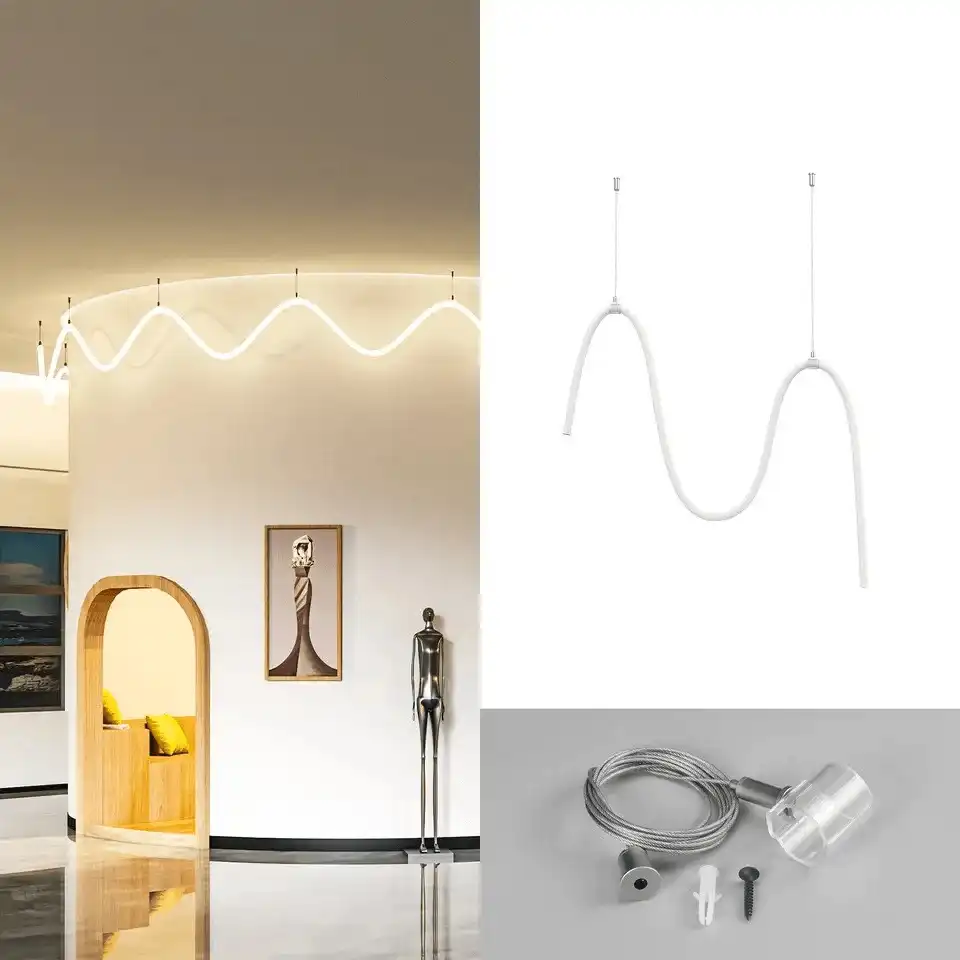
Sustainable Materials and Circular Economy Principles
The growing emphasis on sustainability in commercial design is driving innovation in the manufacturing of flexible LED strips. Future products are likely to incorporate more eco-friendly materials, reduce or eliminate harmful substances, and be designed with end-of-life recycling in mind. This shift towards circular economy principles could see the emergence of LED strips made from biodegradable substrates or with easily separable components for recycling.
Moreover, the longevity and energy efficiency of LED technology align well with sustainable building practices. As green building certifications like LEED continue to evolve, the role of advanced LED lighting in achieving sustainability goals will likely expand, further cementing the position of flexible LED strips as a preferred lighting solution for forward-thinking commercial spaces.
Conclusion
Flexible LED strips represent a transformative technology in the realm of commercial lighting, offering unparalleled versatility, efficiency, and aesthetic potential for retail and hospitality environments. By embracing these innovative lighting solutions, businesses can create immersive, dynamic spaces that enhance customer experiences while optimizing energy usage and operational costs. As the technology continues to evolve, integrating smart features, improving color quality, and aligning with sustainability goals, flexible LED strips are poised to play an even more crucial role in shaping the future of commercial lighting design.
For those ready to elevate their commercial spaces with cutting-edge LED lighting solutions, USKYLED offers expert guidance and a wide range of high-quality flexible LED strip options. Our team of lighting specialists is dedicated to helping you find the perfect lighting solution tailored to your specific needs and vision. To explore how flexible LED strips can transform your retail or hospitality environment, reach out to us at sales@uskyled.com.
References
1. Johnson, E. (2023). "The Impact of LED Lighting on Retail Sales: A Comprehensive Study." Journal of Retail Environment Design, 45(2), 112-128.
2. Smith, A. & Brown, T. (2022). "Energy Efficiency in Hospitality: LED Lighting as a Game Changer." International Journal of Sustainable Tourism, 18(4), 301-315.
3. Lee, S. et al. (2023). "Smart Lighting Systems in Commercial Spaces: Integration Challenges and Solutions." IEEE Transactions on Smart Buildings, 9(3), 456-470.
4. García-Rodríguez, C. (2022). "Human-Centric Lighting in Hotels: Effects on Guest Satisfaction and Well-being." Hospitality Management Review, 37(1), 78-92.
5. Wong, L. & Chen, H. (2023). "Sustainable Lighting Design: LED Technology and Circular Economy Principles." Architectural Lighting Design Quarterly, 29(2), 45-59.

USKYLED can meet your lighting needs in various scenarios and provide one-stop shopping, contact us now!
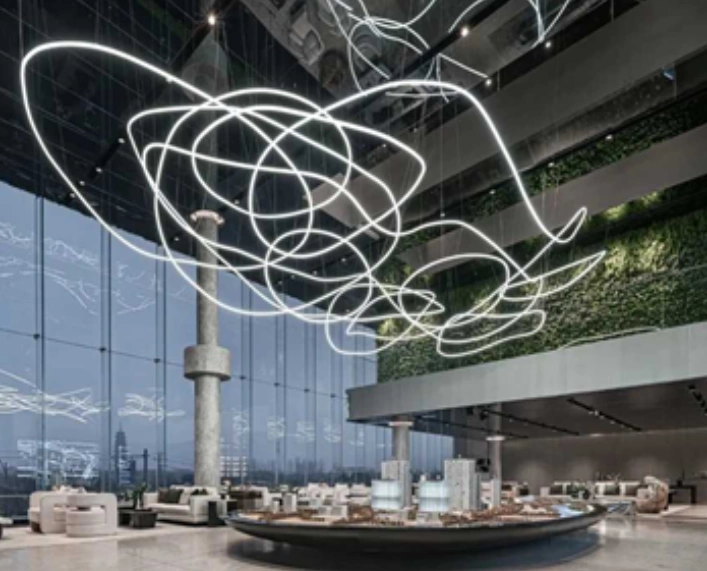
Why You Should Choose USKYLED?
![What is Dimmable Track Lighting for Museum: Best Guide [2025]](/icms/upload/0d08cc601e7611f0b542b3ca0c0f4a83/pic/knowledgemanager-knowledgepic/e7879f32605f11f081911f363b8c1ed0/Directory/20250717 dimmable track lighting -1(1)_1752739217941.webp)
